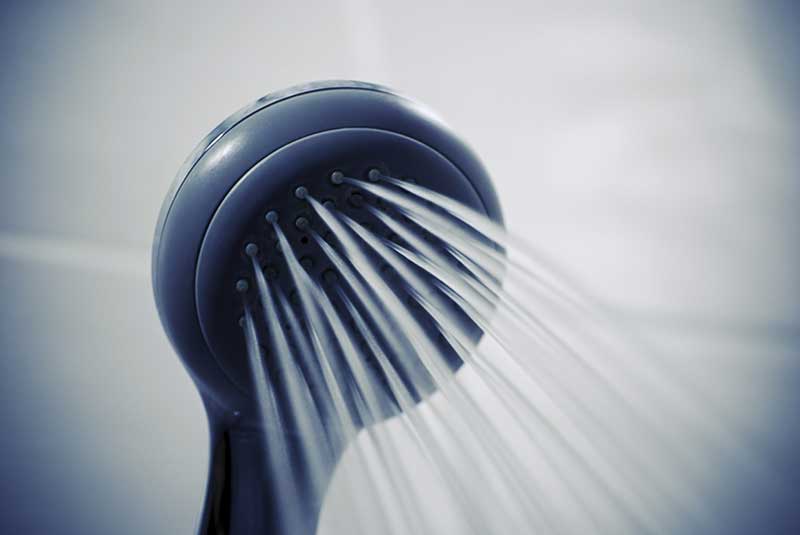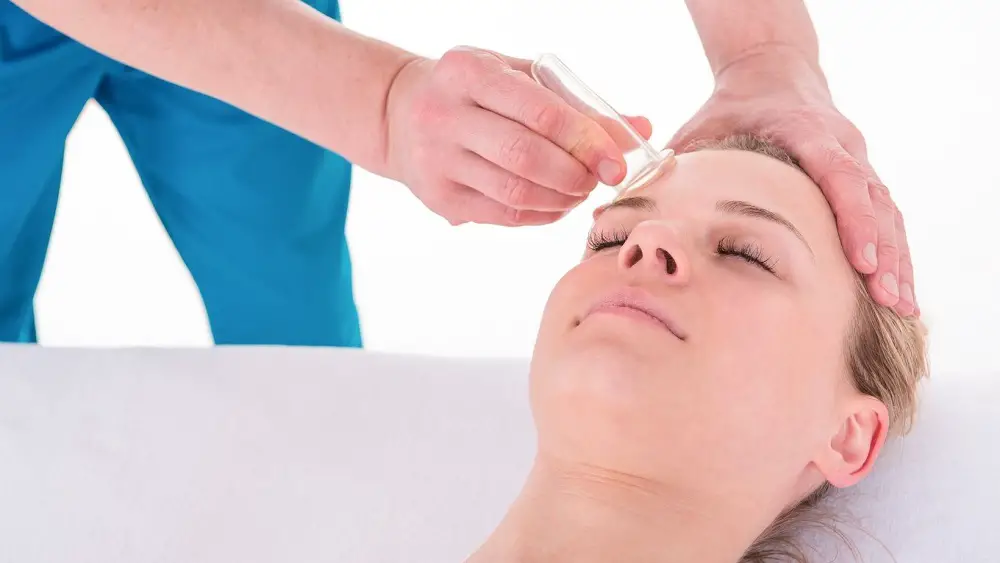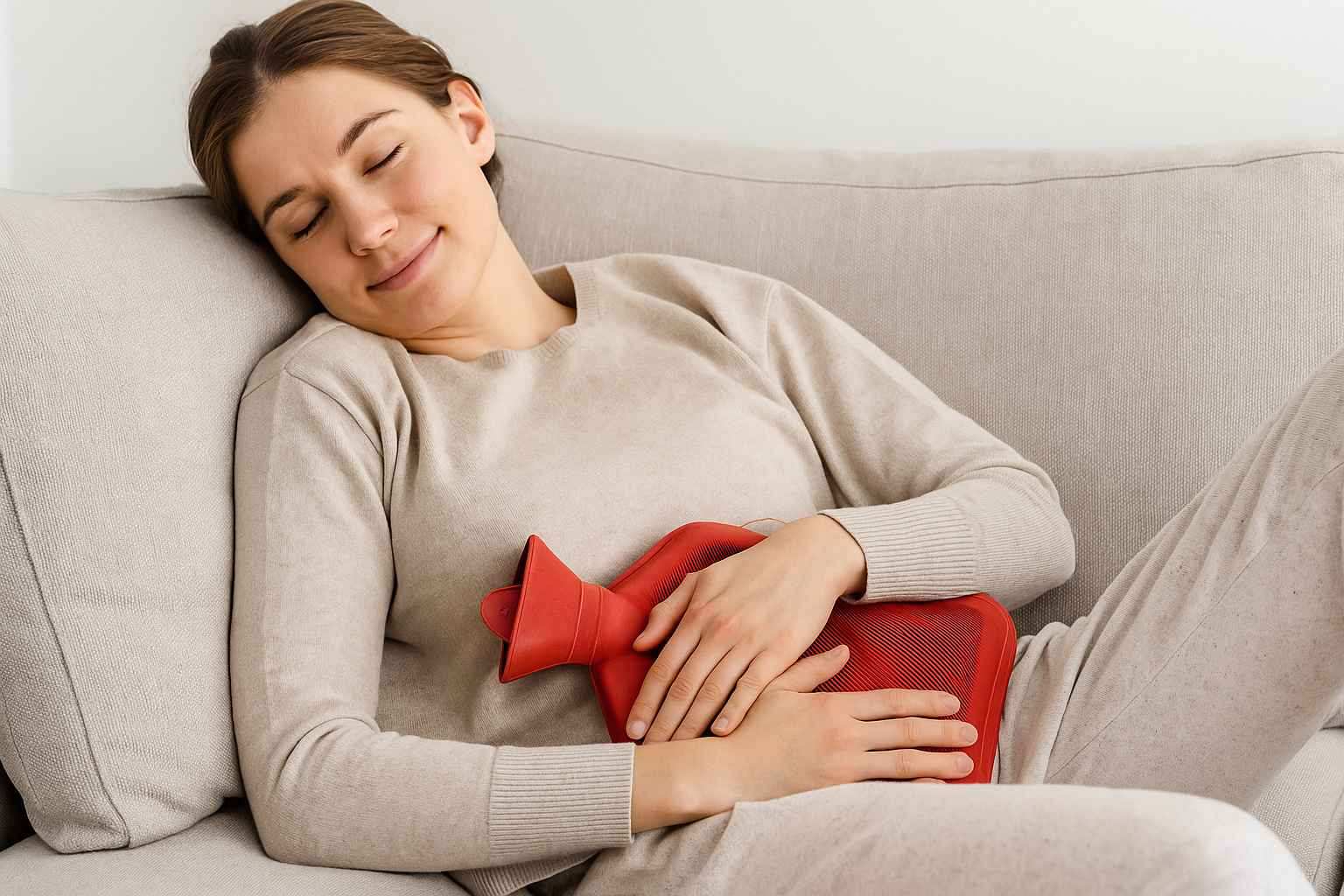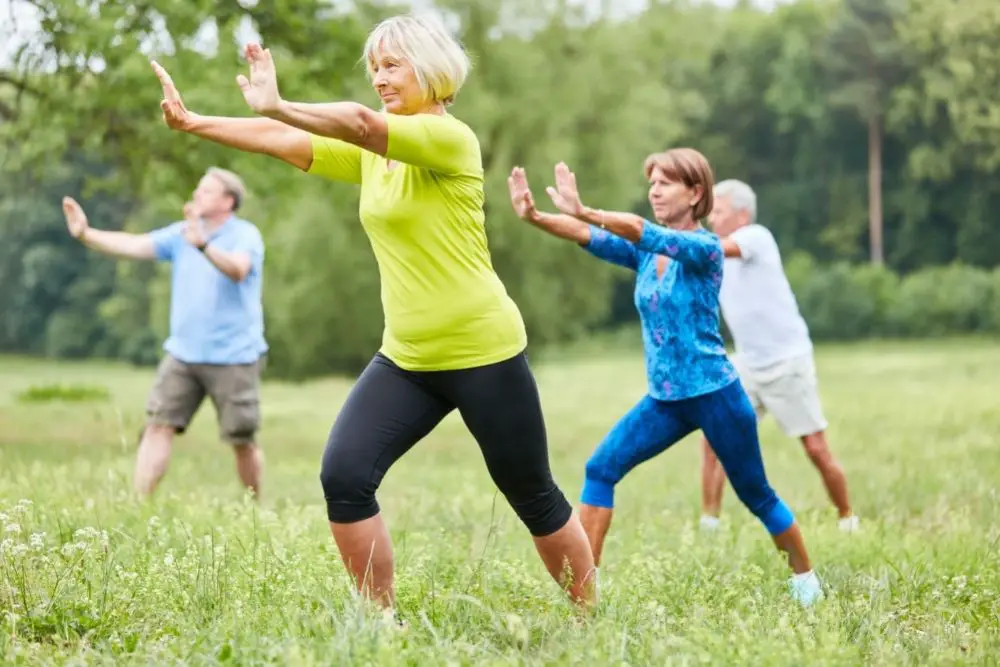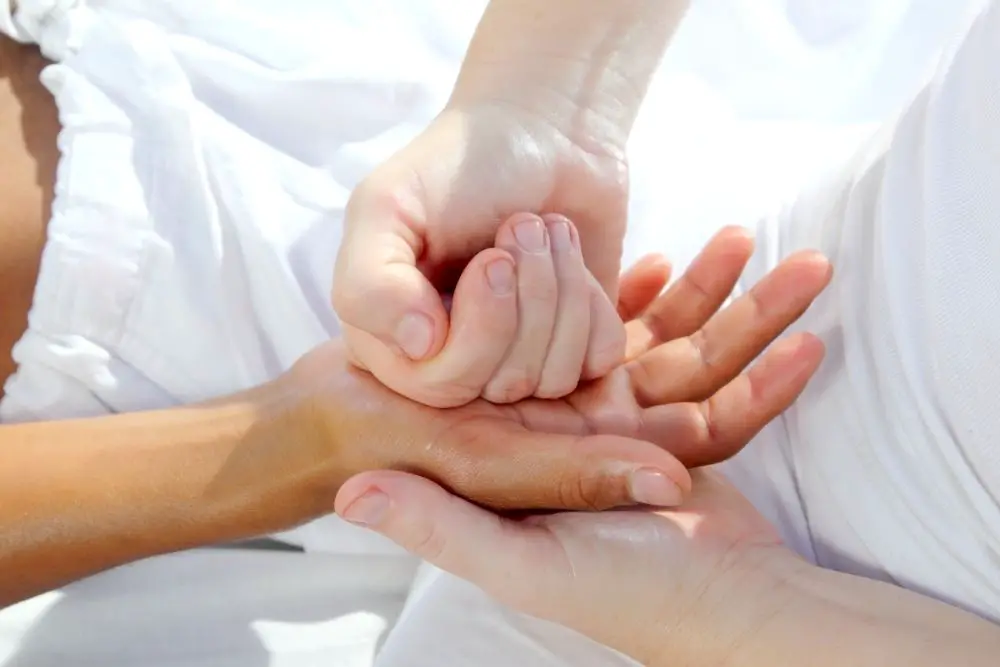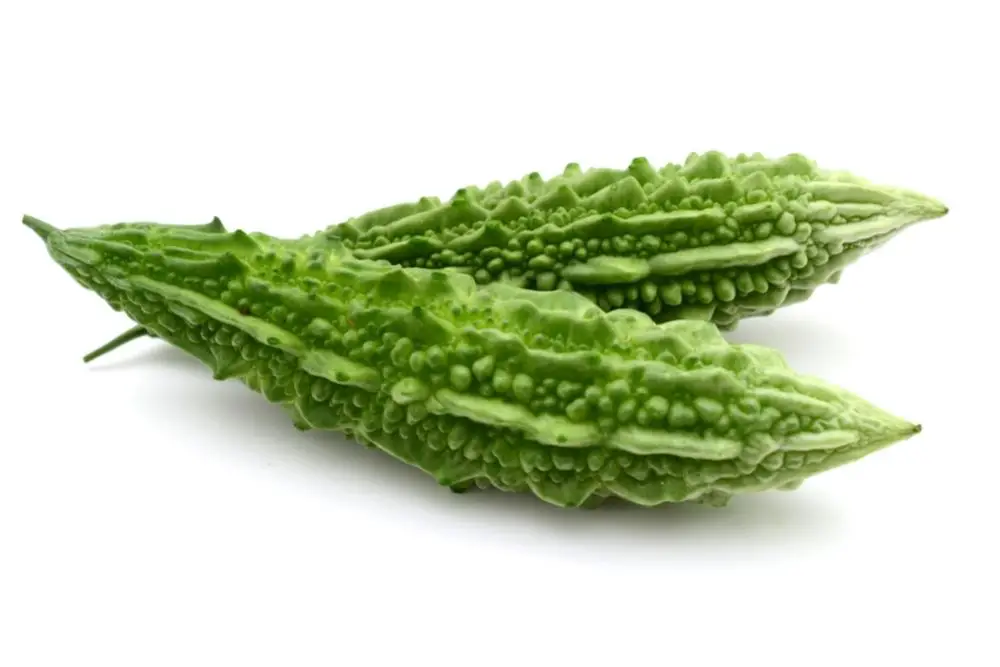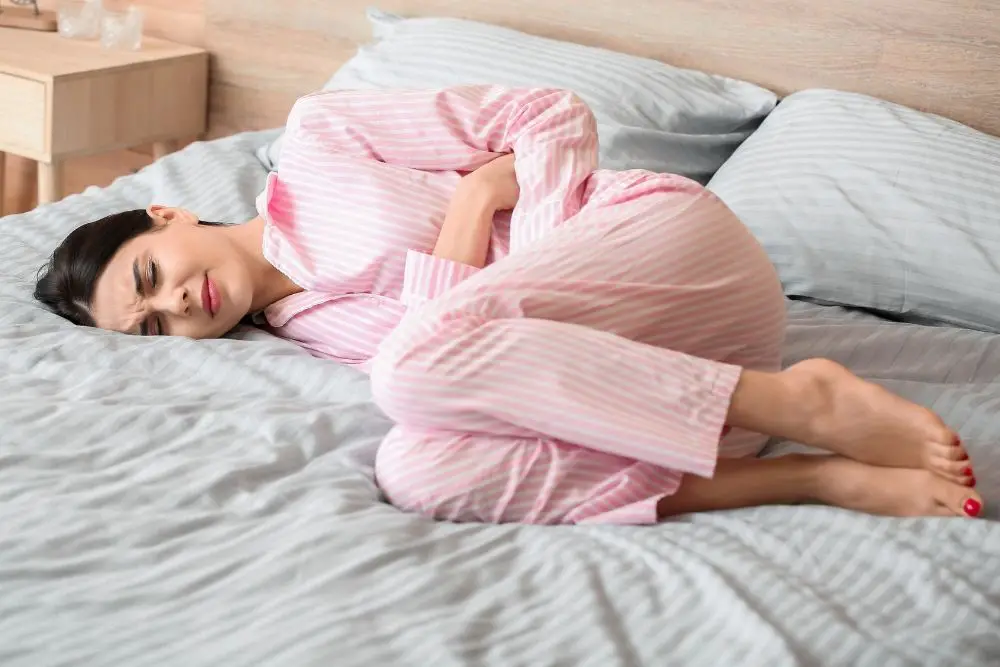The majority of massage techniques used today stem from ancient therapeutic methods that people used. These techniques are often referred to as alternative medicine. One strategy that sometimes forms part of a massaging technique is known as cupping. People who opt for a cupping technique may experience a reduction in pain and inflammation, along with other benefits. One of the most common questions asked regarding this alternative therapy is why can’t you shower after cupping.
We take a closer look at what cupping does and why it is generally not advised for a person to consider taking a shower after this therapy.
What Happens During Cupping?
Cupping therapy was first made popular by Chinese traditional medicine techniques. The process involves the placement of special cups on your skin. The cups cause a suction, which promotes blood circulation. Ancient Chinese medicine claims that the techniques assist with improving the flow of energy, also known as Qi, in your body.
Blood circulation is primarily increased in the area where the suction cups are used. Some people report experiencing a reduction in tension in their body too. Cellular repair may also be enhanced.
When skin is sucked into the cup, it is essential to note that some adverse effects can occur. The pores of the skin tend to open, and there may be marks left behind after cupping.
There are different types of cupping methods. These primarily include dry cupping and wet cupping. A practitioner will be able to assess your needs to determine which ways would be most effective.
So Why Can’t You Shower After Cupping?
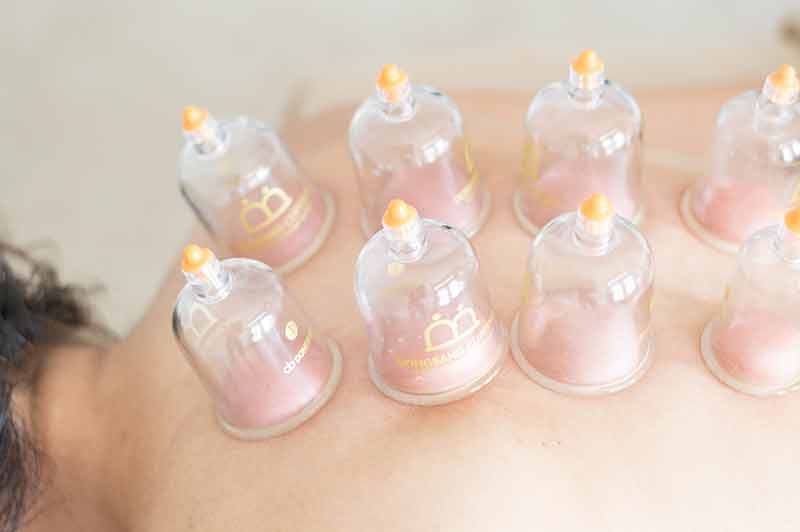
When it comes to a question like why you can’t shower after cupping, it is essential to consider how the skin reacts to cupping.
Some people may experience hematoma, which is a medical term for bruising. Scarring may also occur in the area where the suction cups are used.
After this procedure, a practitioner will advise you not to take a shower. This is an important instruction to follow. When you have just undergone cupping, the pores in the area where the suction cups were placed will be open. The skin will also be more sensitive than usual. Taking a hot bath at this time can easily cause skin damage and inflammation. And if you take a cold shower, you will easily catch a cold because your pores are open. Therefore, you must not take a bath immediately after cupping.
You should wait about three hours after cupping before you take a shower. This allows adequate time for your skin to calm down.
Conclusion
Cupping is a relatively popular alternative form of therapy. The technique is used by many people to aid in relieving inflammation and pain. The treatment may also help with blood circulation. Following a cupping session, people are generally advised to avoid showering. Thus, many people ask why can’t you shower after cupping, which we addressed in this post.
To find out what other things you can’t do directly after a cupping therapy, please read here.
References
https://www.healthline.com/health/cupping-therapy
https://www.sciencedirect.com/science/article/pii/S2225411014000509
Related Articles
- Cupping for weight loss – After understanding why you can’t shower after cupping, you may want to explore how this therapy can be used specifically for weight loss. Our article provides insights into how cupping can boost metabolism, affect fat storage, and even target areas like belly fat. It’s a fascinating read for those seeking to incorporate traditional methods into their weight loss journey.

Try our Anti-Aging Gua Sha Tool designed to bring out your skin’s natural glow.
Best Gua Sha Product- Anti-Aging: The tool is designed to target 11 specific aging signs such as wrinkles and sagging skin. By following the 7-step routine, users can improve skin firmness and reduce fine lines naturally.
- Enhances Skincare Routine: It works effectively with serums and lotions, boosting absorption and efficacy of skincare products.
- Visible Skin Improvement: Users can expect a smoother complexion, reduced puffiness, and a more youthful appearance.
 P. Sze
P. Sze 